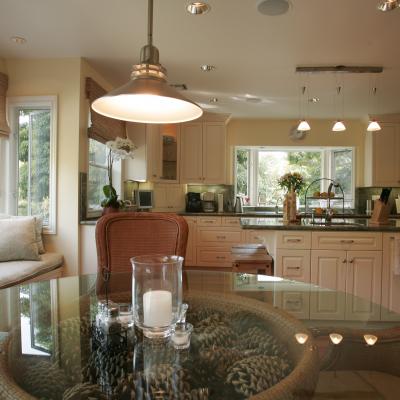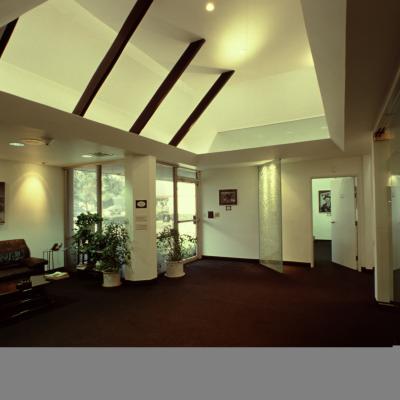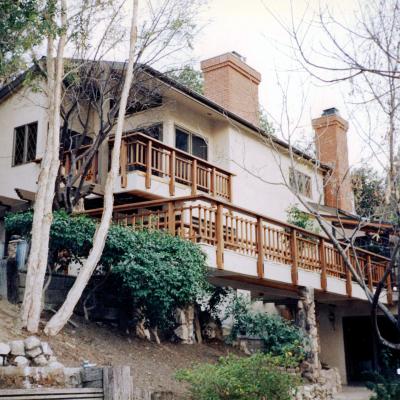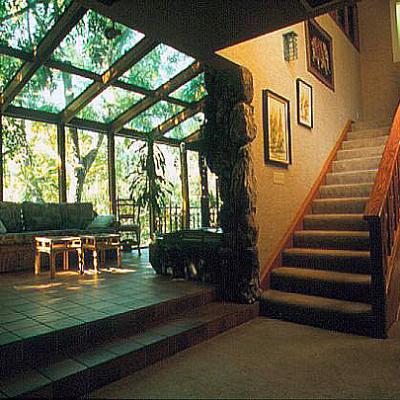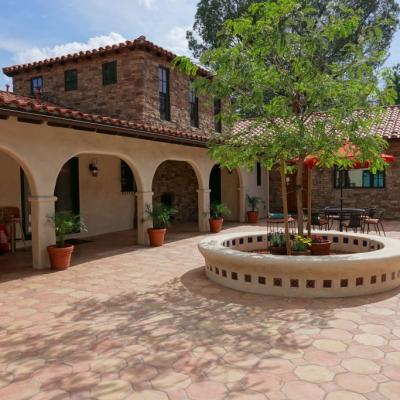I am asked all of the time, “What makes a good design?” There are many possible answers to this question, but my most frequent reply is: “the principle of center stage versus background architecture.”
For me, form follows function. The site defines where, what and how the necessary functions will perform on the site. Spatial relationships are where the efficiencies of space and cost come in. The aesthetics then can be developed in relation to the site and the community, and in a manner that seems timeless. Most buildings work in a background position—only a few need to be “signature / center stage.”







